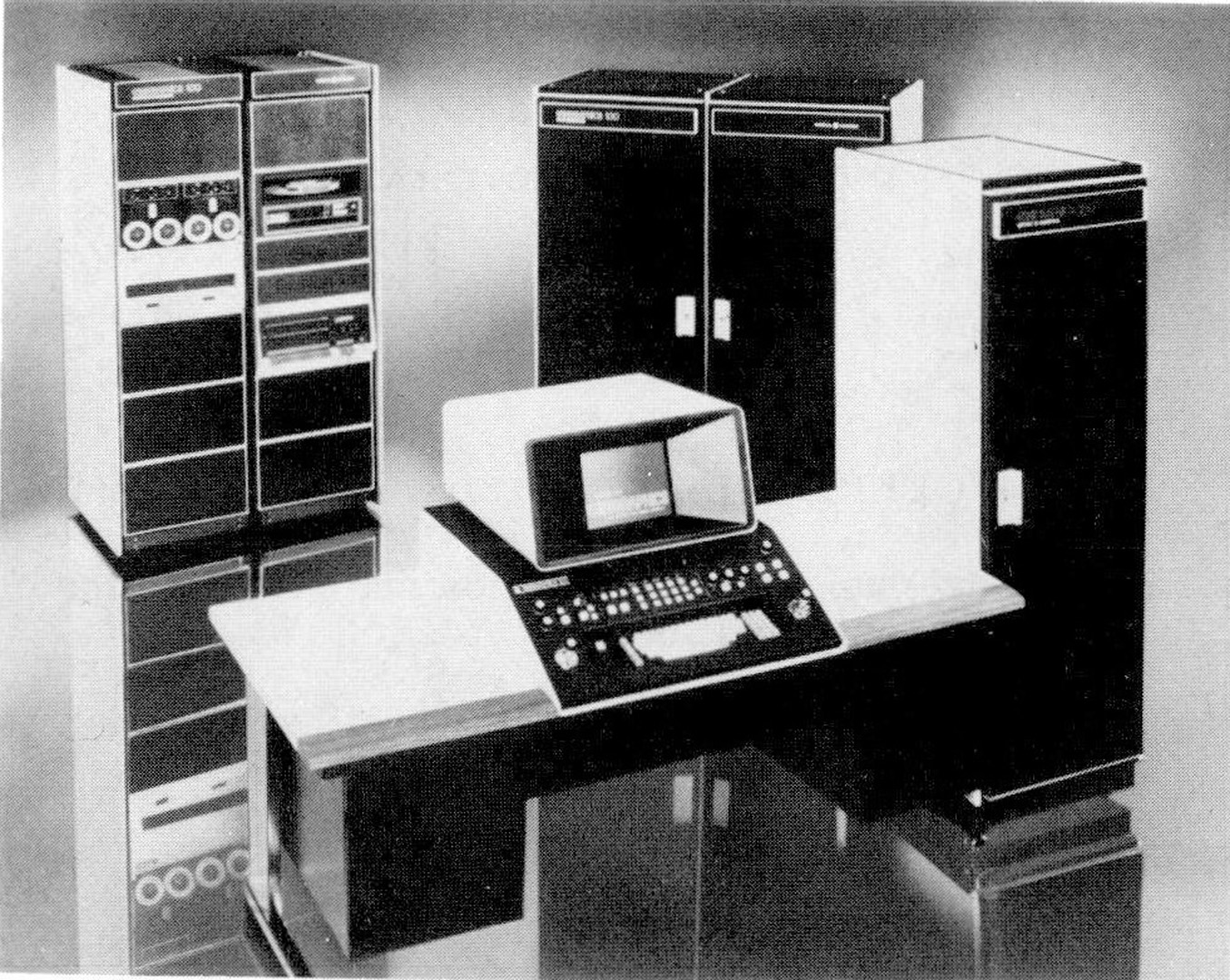“Computer-generated stereograms: a new dimension for the graphic arts” by Morland
Conference:
Type(s):
Title:
- Computer-generated stereograms: a new dimension for the graphic arts
Presenter(s)/Author(s):
Abstract:
The discovery of stereopsis in the mid-nineteenth century presented the opportunity to simulate the visual impact of a three-dimensional entity through a pair of two-dimensional, perspective images. Modern image processing techniques now permit the extensive exploration of abstract stereograms, but most recent investigations have focused on scientific rather than aesthetic compositions. This paper describes a complete svstem for the creation of stereo artwork and discusses the implications of using stereoscopy for artistic, “three-dimensional expression.
References:
1. Thomas C. Chisnell et al, Synthetic three-D display, United States Patent No. 3 488 208.Google Scholar
2. Bela Julesz, Cooperative phenomena in binocular depth perception, American Scientist, vol. 62, January-February, 1974, 32-43.Google Scholar
3. Sam H. Kaplan, Theory of parallax barriers, Journal of the SMPTE, vol. 59, July, 1952, 11.Google ScholarCross Ref
4. Andrew Ortony, The transmission – reflection method for stereo viewing, The Computer Journal, 1970, 140-144.Google Scholar
5. Charles Wheatstone, On some remarkable, and hitherto unobserved, phenomena of binocular vision, Roy Soc London Phil Trans, 1838, 376.Google Scholar
6. Bela Julesz, Binocular depth perception of computer-generated patterns, Bell System Technical Journal, vol. 39, no. 5, September, 1960, 1131.Google ScholarCross Ref




